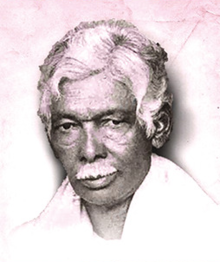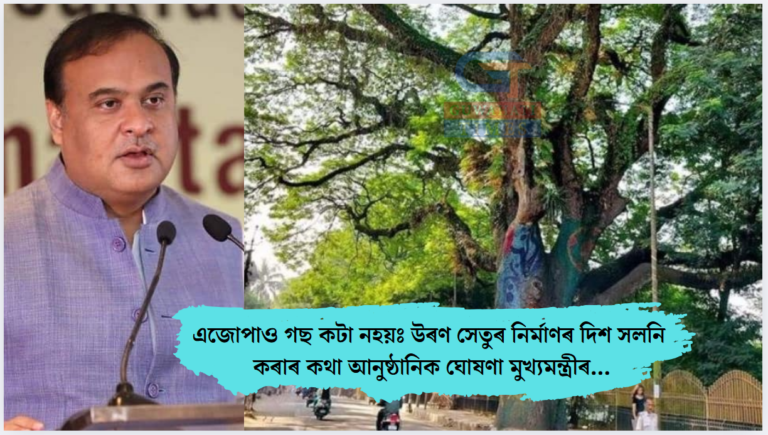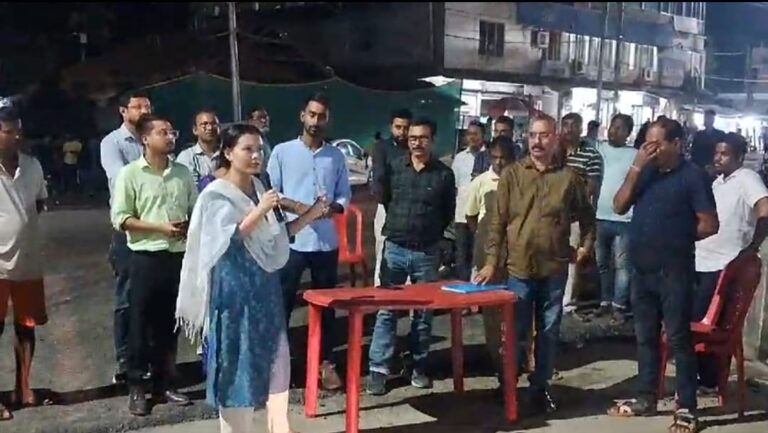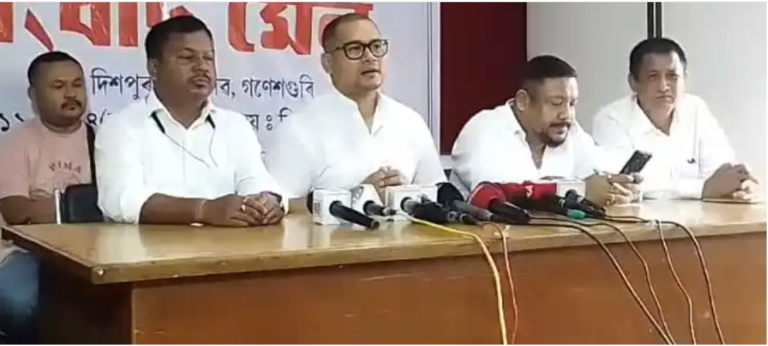Bodoland Territorial Region Executive Member(EM) Wilson Hasda on Saturday thanked Assam CM Dr. Himanta Biswa Sarma and the state cabinet for imparting pre-primary & primary education in Santali language in Assam.
Notably, Santali is a language enlisted in the 8th schedule of the Constitution and spoken in many states.
EM Hasda Tweeted, “A historic day for Santals residing in Assam. The state cabinet under the leadership of HCM Dr. Himanta Biswa Sarma Ji has decided to impart pre-primary and primary education in Santali language. It is truly a proud day for the Santal people and the language listed in the Eighth Schedule of the Constitution of India.
Ol Chiki script
The Ol Chiki script was created in 1925 by Raghunath Murmu for the Santali language, and publicized first in 1939 at a Mayurbhanj State exhibition.[2] Unlike most Indic scripts, Ol Chiki is not an abugida, but is a true alphabet: giving the vowels equal representation with the consonants.
Raghunath Murmu, Creator of Ol Chiki script. Before the invention of Ol Chiki script, Santali was written in Bangla, Devanagari, Kalinga and Latin script. However, Santali is not an Indo-Aryan language and Indic scripts did not have letters for all of Santali’s phonemes, especially its stop consonants and vowels, which make it difficult to write the language accurately in an unmodified Indic script.
For example, when missionary and linguist Paul Olaf Bodding, a Norwegian, studied the Santali language and needed to decide how to transcribe it (in producing his widely followed and widely respected reference books such as A Santal Dictionary), he decided to transcribe Santali in the Roman alphabet: despite his observation that Roman script lacks many of the advantages of the Indic scripts, he concluded that the Indic scripts could not adequately serve the Santali language because the Indic scripts lack a way to indicate important features of Santali pronunciation (such as glottalization, combined glottalization and nasalization, and check stops) which can be more easily represented in the Roman alphabet through the use of diacritics.(Wikipedia)
History
The phonology of the Santali language had also been similarly analyzed by various other authors, including Byomkes Chakrabarti in Comparative Study of Santali and Bengali and Baghrai Charan Hembram in A Glimpse of Santali Grammar. However, the Ol Chiki alphabet is considered (by many Santali) to be even more appropriate for the language, because its letter-shapes are derived from the sounds of common Santali words and other frequent Santali morphemes: nouns, demonstratives, adjectives, and verb roots in the Santali language. In other words, each Santali letter’s name is, or is derived from, a common word or other element of the Santali language, and each letter’s shape is derive from a simple drawing of the meaning of that word or other element. For example, the Santali letter “ol” (representing the sound /l/) is written with a shape originally derived from a simplified outline drawing of a hand holding a pen, because the name of this letter is also the Santali word for “writing.”(Wikipedia)
Ol Chiki Script

















